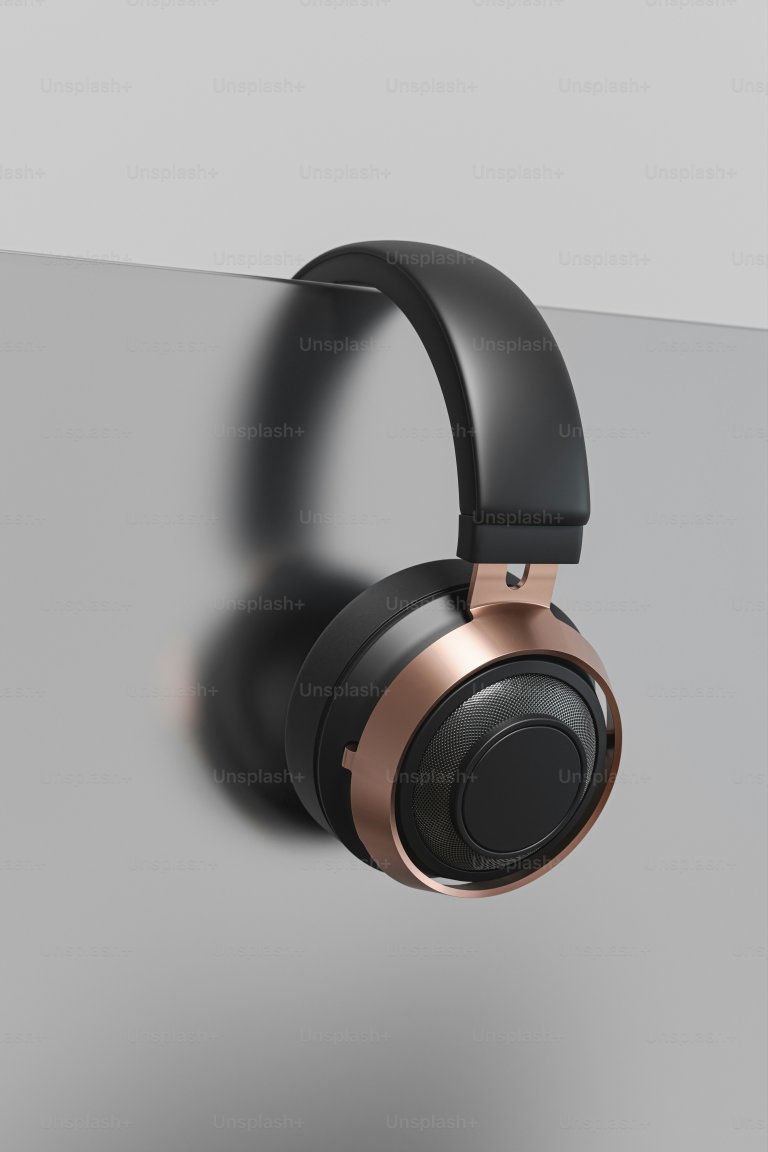FPGA And Its Technical Design
FPGA, or Field-Programmable Gate Array, is a type of integrated circuit (IC) that is designed to be configured and reconfigured for specific tasks at the hardware level. Unlike standard ICs that perform a specific function and cannot be altered, FPGA’s are programmable and can be customized for various applications.
How Does an FPGA Work?
The basic building block of an FPGA is the logic cell, which is composed of two basic parts: the lookup table (LUT) and the flip-flop. The LUT is responsible for implementing logic functions and can be programmed to act as different types of logic gates. The flip-flop, on the other hand, is a memory element that stores the output of the LUT and connects it to other logic cells or I/O pins.
The logic cells are interconnected by a network of programmable interconnects, which allows data to flow between different cells. This interconnect structure is what gives FPGA’s their flexibility, as designers can create custom interconnections to optimize the circuit’s performance for a specific task.
The Technical Design of an FPGA
An FPGA is composed of three major blocks: the FPGA fabric, the I/O blocks, and the configuration memory. The fabric is the heart of the FPGA and is where all the logic cells and programmable interconnects reside. The I/O blocks are responsible for interfacing with external devices and can be configured to support different types of inputs and outputs.
The configuration memory is a key component in the design of an FPGA. It stores the configuration bitstream, which is a binary file that specifies how the FPGA should be programmed. The configuration process is what allows FPGA’s to be reconfigured for different tasks, giving them the flexibility and versatility that is not possible with standard ICs.
The Process of Designing an FPGA
The design process for an FPGA is different from that of a custom IC. Instead of designing the circuit at the transistor level, FPGA’s are designed at the higher level of logic blocks and interconnects. This means that the designer must select the appropriate logic blocks and interconnects to implement the desired functionality.
The first step in the design process is to create a circuit description in a hardware description language (HDL) such as Verilog or VHDL. The HDL code is then synthesized, which means the code is translated into a netlist representation of the design. The netlist is then mapped to the target FPGA architecture, and the placement and routing process begins. During this process, the logic cells and interconnects are placed and connected, and the final bitstream is generated.
Advantages and Applications of FPGA’s
One of the major advantages of FPGA’s is their reconfigurability. This allows designers to quickly and easily make changes to the circuit design without going through the lengthy process of redesigning and fabricating a custom IC. FPGA’s are also highly flexible and can be used in a wide range of applications, including digital signal processing, video and image processing, communication systems, and more.
The parallel processing capabilities of FPGA’s also make them ideal for applications that require high-speed processing, such as in scientific computing and data centers. They are also frequently used in prototyping and testing of custom ICs, as the FPGA can mimic the behavior of the IC being designed before it is fabricated.
The Future of FPGA’s
FPGA’s have come a long way since their inception in the 1980s, and their capabilities continue to expand. With the rise of artificial intelligence and machine learning, FPGA’s are being increasingly used in these domains due to their performance and energy efficiency. They are also being integrated into system-on-a-chip (SoC) designs, adding to their versatility and potential for use in various applications.
In conclusion, FPGA’s offer a unique and flexible approach to designing and implementing custom logic circuits. With their reconfigurability, high-speed processing capabilities, and wide range of applications, FPGA’s are becoming an essential component in many industries. As technology continues to advance, it is likely that FPGA’s will play an even more significant role in shaping the future of hardware design.

